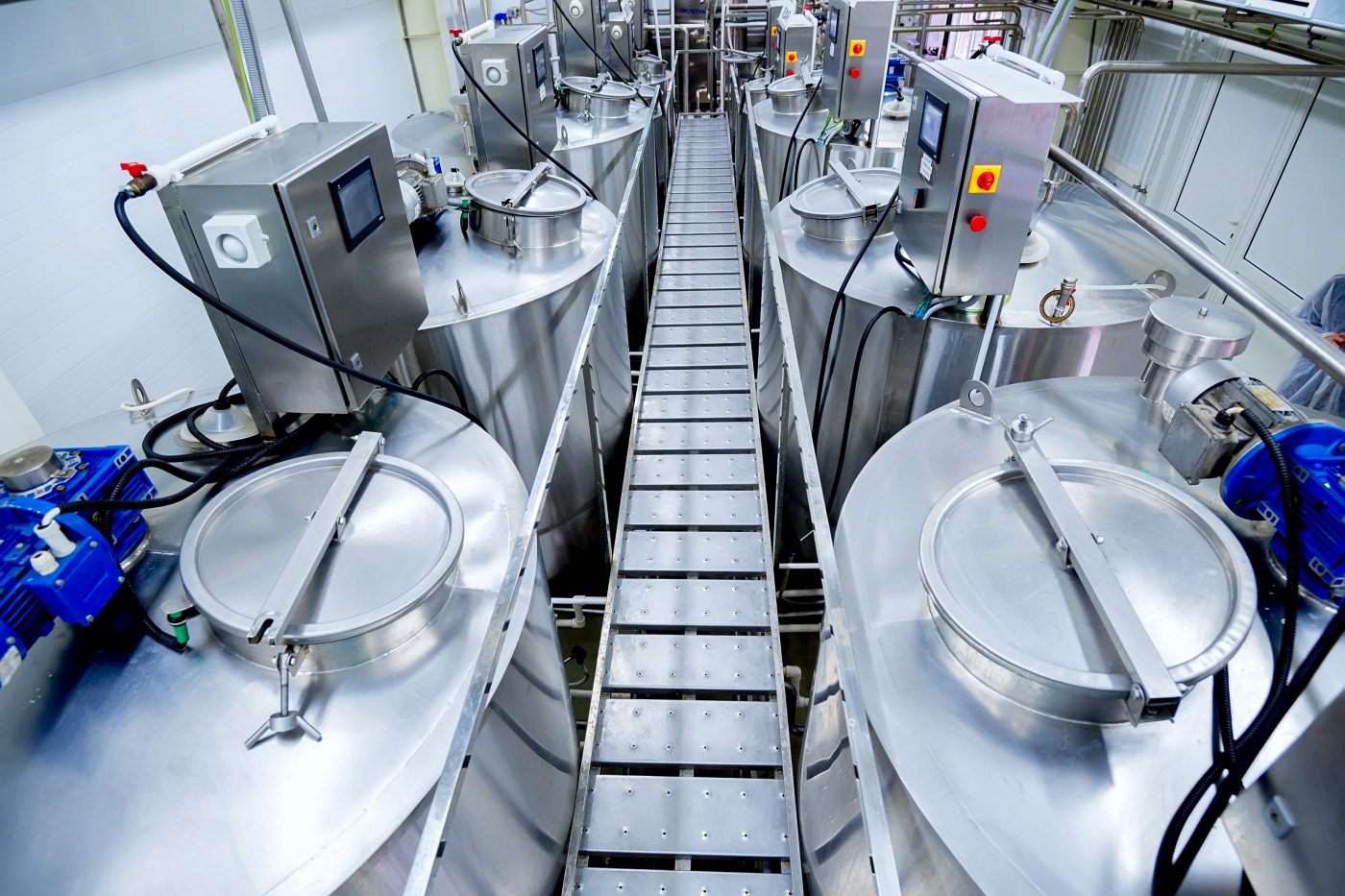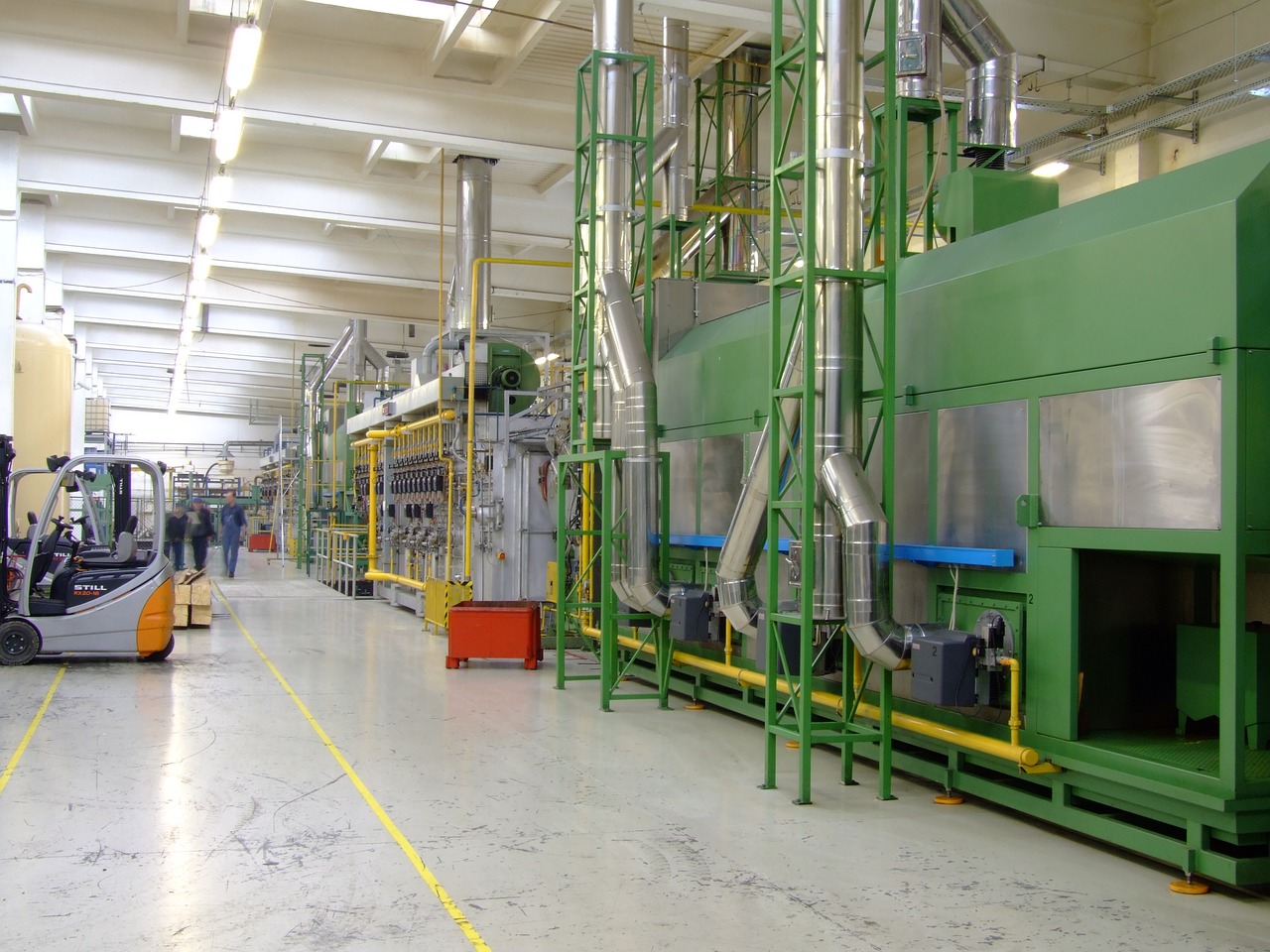Asset management principles should be applied as early as possible in the procurement of work equipment, at the specification and planning stage, prior to purchase.
Imagine if you could buy (or hire) work equipment that had all the things that might affect workers’ health, designed out. In fact, that is what the Supply of Machinery (Safety) Regulations 2008 requires. Manufacturers/suppliers of work machinery are required by law:
- to design machines so as to produce the lowest possible levels of noise, hand-arm vibration (e.g. for powered hand tools), and whole-body vibration (e.g. for mobile equipment carrying people); and to state what levels of vibration and noise are emitted;
- to deal with ergonomics, by reducing to the minimum possible any discomfort, fatigue and physical and psychological stress faced by the operator;
- where there is seating for operators, to ensure this reduces the vibration experienced by operators to the lowest level;
- to avoid by design any risk of inhalation, ingestion or contact with hazardous materials and substances, or else ensure substances are captured or contained;
- to eliminate or reduce to the lowest levels any radiation
The above are part of the Essential Health and Safety Requirements (EHSRs), which manufacturers/suppliers must ensure are met. The EHSRs apply to all work machinery, however large or small.
For further information on how machinery manufacturers should tackle low-noise design, see our briefing note on the topic.
Anyone bringing work equipment into use has responsibilities under the Provision and Use of Work Equipment Regulations 1998 (PUWER), to ensure that the work equipment is suitable, safe, and meets the EHSRs – including those listed above where relevant. So, within a system of Asset Management, checking that the machinery you intend to purchase complies with these ‘healthy by design’ EHSRs is essential. You should expect suppliers to be able to tell you how these design requirements are met and, in the case of vibration, or noise, give you realistic information on the levels emitted. If suppliers cannot provide this information, you should consider whether you should be taking the equipment at all. However, it may be that within your Asset Management system, you can work with or encourage equipment suppliers towards compliant products.
Equally important in procurement and Asset Management systems is to ensure the equipment is the most suitable in terms of its design and emissions (and not simply suitable). Considering the many possible ways that health hazards can be addressed at the design stage, with varying efficacy, the possibility of more suitable equipment (including with lower emissions) being available should not be ignored. Ensuring you can be an ‘intelligent customer’ for work equipment is vital. Taking the example of noise, probably the most common health hazard caused by work equipment, employers are required by law to consider selecting work equipment emitting the least possible noise, prioritising combating risks at source.








